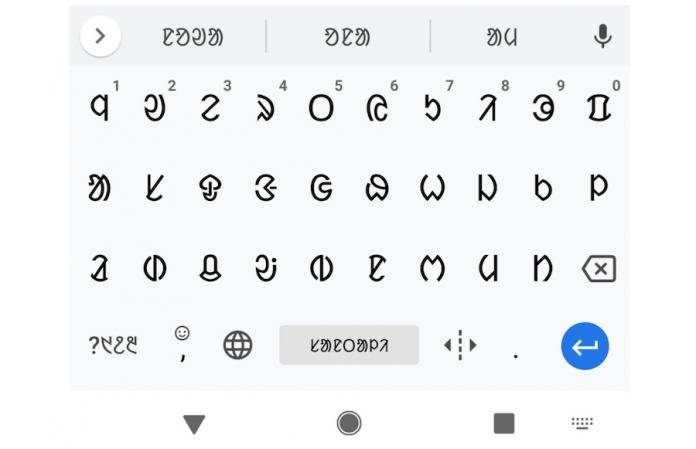
While half of the world’s population speaks the ten most common languages, there are still a lot of other languages that are spoken and written and are not widely supported in apps and devices. Gboard, Google’s virtual keyboard, has been continuously adding support for more language varieties and in this latest update, they add 50+ more to the virtual fold. This means that they now have more than 500 language varieties supported and more importantly, this means 90% of the world “can now type in their first language”.
Gboard started out with just 100 languages during its launch in December 2016 and then continued to build on their support for the major ones at first. But for the past few months, they have continued to add more varieties that are spoken by fewer people but are still part of the Next Billion Users that Google would like to serve as they go online. The keyboard layouts for these languages are tailored specifically for them and also uses typing smarts like autocorrect and predictive text.
Gboard also now supports more than 40 writing systems from the common Roman and Cyrillic, to even scripts like Ol Chikki that are used for just one language (Santali). There is value in allowing people to communicate in their first language and not have to always adapt to what most people are using. Seeing their language in a virtual keyboard on their phone gives them the ability to talk like they were face-to-face with their colleagues or loved ones.
Some of the languages indicated in the Google Support Docs are the following (although this doesn’t seem to be the complete list of the new added ones)
* Alas (Indonesia)
* Amis (Taiwan)
* Arabic (Oman)
* Arabic (Sudan)
* Bhojpuri (India)
* Brahui (Latin)
* Chhattisgarhi (India)
* Choctaw (US)
* Church Slavonic
* Dakhini (India)
* Eastern Oromo (Ethiopia)
* Fula, Adlam
* Fula, Latin
* Garhwali (India)
* Gayo (Indonesia)
* Giryama (Kenya)
* Gorontalo (Indonesia)
* Gusii (Kenya)
* Haryanvi (India)
* Hehe (Tanzania)
* Iban
* Jingpho
* Kadazandusun (Malaysia)
* Kamba
* Karelian
* Kekchi
* Komi (Russia)
* Konkomba
* Konzo
* Kumaoni (India)
* Kumyk
* Lugbara
* Luo
* Makassarese (Indonesia)
* Malay, Arabic (Brunei)
* Meru (Kenya)
* Nande
* Ndau
* Nkore (Uganda)
* Nyakyusa
* Nyaturu (Tanzania)
* Sasak (Indonesia)
* Sundanese, Arabic
* Talysh (Azerbaijian)
* Teso
* Tooro (Uganda)
* Trinidadian Creole English
* Wayuu
SOURCE: Google









